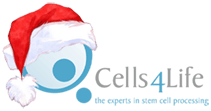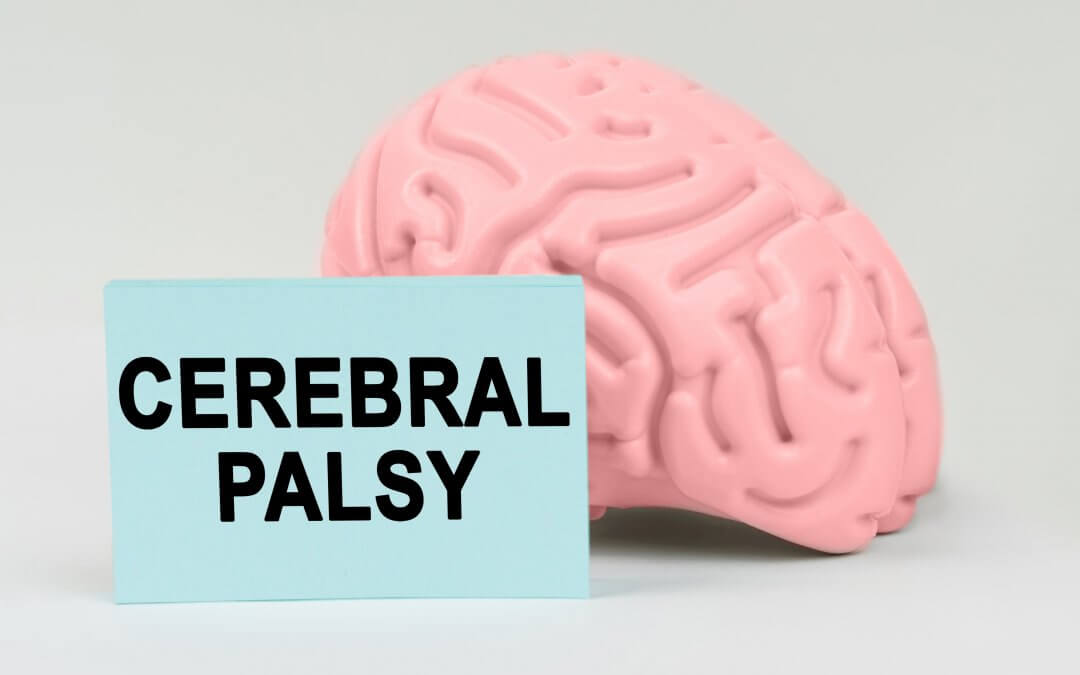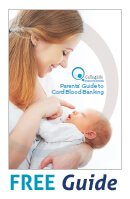A review paper, newly published in the prestigious Pediatrics journal, statistically demonstrates that cord blood therapy for cerebral palsy is an effective treatment to improve the motor skills of children suffering from this condition. The paper is an analysis of data from eleven studies on over 400 children with cerebral palsy.
What is cerebral palsy?
Cerebral palsy is a group of motor disorders that affect movement, posture and coordination. It’s caused by damage to the brain while it is still developing. This happens most often before birth, but sometimes during or immediately after.
The severity of the condition can vary greatly. Symptoms include lack of balance and muscle coordination, muscles that are either too stiff or too floppy, exaggerated reflexes, and issues with walking, eating and speech.[1][2]
There is currently no cure for cerebral palsy. Available treatment includes physiotherapy, occupational therapy, medication and sometimes surgery. This is aimed at helping people with the condition to be as healthy and independent as possible.[3]
What did the analysis find?
According to the analysis results, children who underwent cord blood therapy for cerebral palsy combined with rehabilitation saw a significantly greater improvement in gross motor skills compared to those gained from rehabilitation alone. The improvements reached their peak between 6 and 12 months after the cord blood therapy; the data also indicates that higher cell doses per kg of patient weight result in bigger improvements. This is consistent with the current hypothesis that the treatment works by reducing inflammation in the brain and stimulates tissue repair, leading to improvements in brain connectivity.[4][5]
After six to twelve months, the majority (68%) of children who underwent cord blood therapy for cerebral palsy scored higher on the gross motor function measure scale used for cerebral palsy (GMFM-66) than the entire control group. The analysis did, however, also find that the treatment had better results in younger children, as well as those with less severe cerebral palsy. Overall, the children who saw the best results were those under the age of 5 who had some ability to walk, whether unaided or with support, before the therapy.[4][5]
What does this mean for the treatment of cerebral palsy?
Cerebral palsy remains one of the most common motor disorders in childhood. It can be accurately diagnosed as early as 6 months of age, which is well within the bracket of highest therapy effectiveness identified by the analysis. What’s more, the sooner a child is treated, the better. This is because a single unit of cord blood will result in a higher cell dose per kg when a child is still small, and may even be enough for multiple treatments.[4]
At the present time, cord blood therapy is not approved as a treatment for CP in any country. This is due to it still requiring large-scale, phase 3 trials before it can reach this approval. Therefore, it is only available through clinical trials as well as expanded access or compassionate use programmes.[4]
This lack of approval means that, although there are cord blood units available for use in public banks, it may not be possible to use these for treatment in the immediate without gaining access to a clinical trial. Even then, the clinical trial may require the cord blood used in the treatment to be autologous (the child’s own), or to come from a sibling donor. Expanded access programmes may also have the same requirements.
A child having access to their own banked cord blood, or a sibling’s, could therefore be essential to ensure treatment can happen during the window of opportunity that could achieve the best results. To learn more about how you could preserve this important health resource for your child and your family, fill in the form below to request your free Parents’ Guide to Cord Blood Banking.
References
[2] NHS (2023). Overview – Cerebral Palsy. https://www.nhs.uk/conditions/cerebral-palsy/
[3] NHS (2023). Treatment – Cerebral palsy. https://www.nhs.uk/conditions/cerebral-palsy/treatment/
FIND OUT MORE, REQUEST YOUR WELCOME PACK TODAY
All you need to know to make an informed decision.
Provide your contact details to request:
– Complete Welcome Pack and Parent’s Guide
– Information via email
– Contact from our specialist advisors









